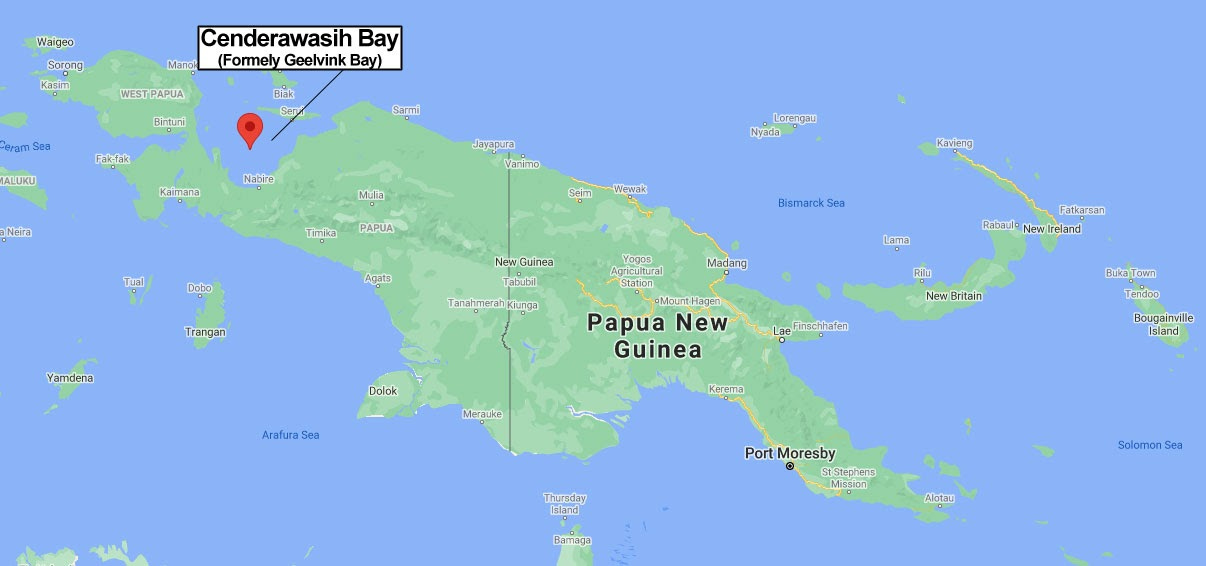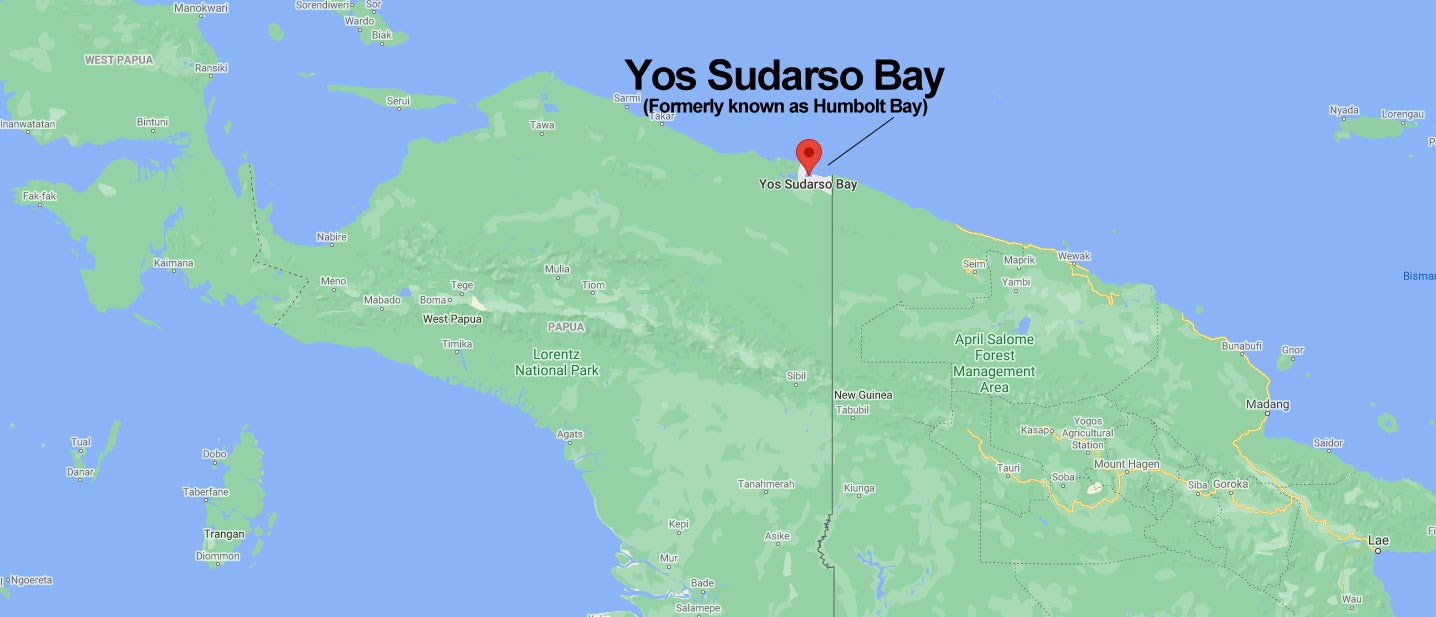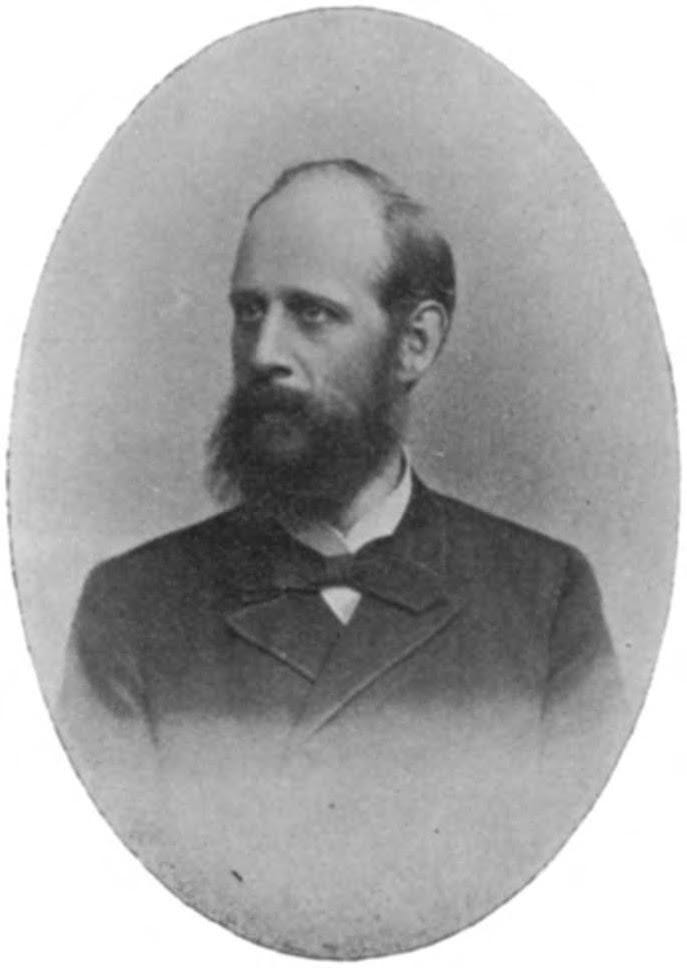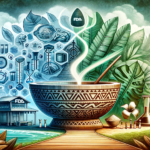Piper Wichmannii – How Wild Kava Got Its Name
Pronunciation and Introduction
Pronounced: “Which-Manni-Eye”
Piper Wichmannii, also known as “Wild Kava,” holds a significant place in botanical history. This fascinating plant was identified and named during the late 1800s to the early 1900s, a period marked by exploration and scientific discovery.
The 1903 Expedition
In 1903, a team of Dutch explorers embarked on a journey to explore the North Coast of West Papua, then known as “Netherlands New Guinea.” Their primary objective was to search for coal deposits, but the expedition turned out to be much more than that. Centered on Cenderawasih Bay (formerly Geelvink Bay) and Yos Sudarso Bay (formerly Humboldt Bay), this marked the Dutch’s initial official foray into New Guinea.
The scientific expedition comprised a diverse team of 44 individuals, including geologists, zoologists, anthropologists, and ethnographers. Among them were notable figures such as the leader Arthur Wichmann, Albertus Lorentz, Ferdinand de Beaufort (a zoologist), Johannes Maximiliaan Duma (a former dealer of paradise feathers with experience in the jungle), and Adrian Johan van der Sande, who served as the physician.
The team also included 39 Dajak individuals from North Borneo, including two hunters and seven assistants. Their local knowledge and expertise were invaluable to the success of the expedition.


Arthur Wichmann: A Pioneering Geologist
Our focus in this article is Arthur Wichmann, the namesake of wild kava’s scientific name, “Wichmannii.”

Born in Hamburg, Germany in 1851, Carl Ernst Arthur Wichmann became a professor of geology at the young age of 18 in 1879 at Utrecht (now the Faculty of Geosciences) while studying under Ferdinand Zirke, a renowned professor of geology and mineralogy in Leipzig. Wichmann’s academic career spanned 43 years, during which he produced 123 publications about geological, historical, and geographical matters.
His magnum opus is considered the two-part publication “Nova Guinea,” which outlined the expedition in 1903. This work stands as a testament to his dedication to scientific exploration and discovery.
Discovery of Piper Wichmannii
The 1903 expedition was not just about geological exploration; it was also an opportunity to catalog and name various indigenous plants. Among these was kava’s wild progenitor, Piper Wichmannii, named in honor of Arthur Wichmann.
The naming of this plant was a significant contribution to the understanding of kava and its wild varieties. It was later published in volume number two of Wichmann’s book “Nova Guinea” in 1910, cementing its place in botanical literature.
Legacy and Impact
The discovery and naming of Piper Wichmannii have had lasting impacts on the study of kava and its cultivation. Understanding the wild progenitor has provided insights into the genetic diversity and potential uses of kava, influencing both scientific research and commercial applications.
Furthermore, the 1903 expedition itself stands as a symbol of scientific collaboration, exploration, and the pursuit of knowledge. It brought together experts from various fields, bridging gaps between disciplines, and laid the groundwork for future explorations in the region.
Conclusion
The story of Piper Wichmannii is more than just a tale of a plant’s discovery; it’s a snapshot of a time when exploration and science were forging new paths. It reminds us of the importance of curiosity, collaboration, and the relentless pursuit of knowledge. The legacy of Arthur Wichmann and the 1903 expedition continues to inspire and inform, reflecting the rich tapestry of human endeavor and the unending quest to understand the natural world.
Sources:
The first Dutch expedition. The First Dutch Expedition | Stichting Papua Erfgoed. (n.d.). Retrieved December 29, 2021, from https://www.papuaerfgoed.org/en/theme/first-dutch-expedition
Wikimedia Foundation. (2021, July 8). C. E. A. Wichmann. Wikipedia. Retrieved December 29, 2021, from https://en.wikipedia.org/wiki/C._E._A._Wichmann
Wikimedia Foundation. (2021, August 29). Ferdinand Zirkel. Wikipedia. Retrieved December 29, 2021, from https://en.wikipedia.org/wiki/Ferdinand_Zirkel
Applequist, Wendy L., and Vincent Lebot. 2006. “Validation of Piper Methysticum Var. Wichmannii (Piperaceae).” Novon, no. 16: 3–4. https://doi.org/10.3417/1055-3177(2006)16[3:VOPMVW]2.0.CO;2.



